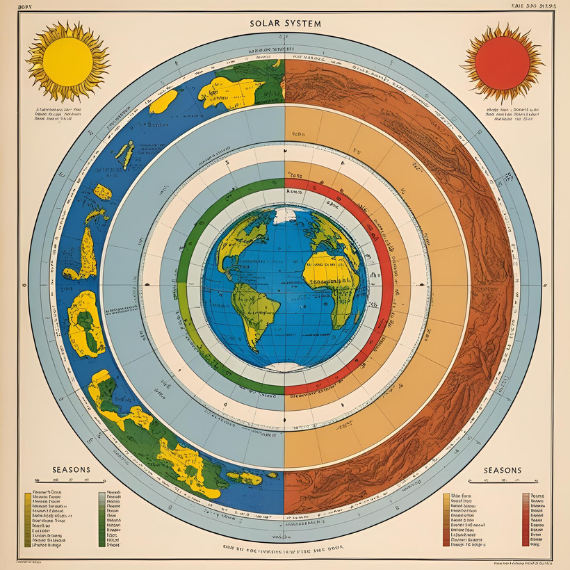Snow fills the air, and a crisp breeze goes right through you. It seems like just last week it was sixty degrees and you were enjoying the sun, so why the sudden shift in weather? Well as it turns out, there may be a reason behind such drastic changes.
The answer lies within our troposphere and stratosphere. The polar vortex that is within these regions has been acting up recently, causing these spontaneous bursts in weather.
But what is the polar vortex? And what purpose does it serve?
The polar vortex is a huge area of low-pressure and cold air that surrounds both of the earth’s poles. It gets stronger and grows in the winter but weakens during summer. The growth of the vortex during winters is often a contributing factor to cold weather and snowfall in the winter, however, it has been acting more peculiarly recently.
Typically the way it works is large gusts of wind build up around the Arctic. They pass through the atmosphere in waves. These waves start smaller, but by traveling over larger distances and by going through mountains they get bigger and colder. These will gradually grow larger, and start to follow a near-circular motion. This circular motion it creates is the vortex.
The waves also pass over oceans eventually, which helps bring the temperatures down even lower often and helps pick up water as well as speeds, bringing icy cold winter storms and even occasionally blizzards.
Now that you know what a polar vortex is, you may be wondering why it is acting up now. There are a few theories behind this.
The polar vortex has been known by scientists to have flairs of unusual behavior, and many people believe this is what is happening now. In the past, this has been caused by shifts in dynamics within the wind, causing for it to change directions. This has led to the occasional warm weather during colder months, and in some places colder weather in what is supposed to be their warmer months.
Another theory has to do with something called teleconnections, which is similar to the previous one. Teleconnections are what happens when large bodies of wind (atmospheric waves) travel above the ocean for too long and end up bringing storms that are more drastic and severe than they typically are.
Alternatively, to the previously mentioned less harsh theories, there is a more alarming one that a lot of people fear may be the reason behind these snowstorms. That reason is global warming. There is a probability that this winter will not be the only one like this and that our upcoming ones may be similar due to destabilization in the atmosphere.
The most popular belief is that the melting of the ice caps has something to do with it. As I had mentioned previously in the article, the polar vortex is in a near-circular state around each side of the earth’s poles. This is due to high pressure in the atmosphere that is greatly supported by taller mountains in the Arctic. However, recently with the ice melting at alarmingly high rates, there is less stability in pressure, causing the vortex to lose its shape gradually. When the vortex loses its shape, it creates more bends and twists for the direction of the wind to follow. This leads to colder winds traveling places in a seemingly sporadic way, only to be followed up by hotter temperatures. This makes a cycle that, if repeated enough, could be very damaging.
Although not much is entirely known about what is going on right now, let’s hope that these snow days stop soon so we can get back on schedule.
To learn more about the polar vortex, I would suggest looking here.












